Infographic: U.S. Surface Water Pollution by State
More than half of the country’s lakes and rivers are not meeting water quality standards.
A major goal of the U.S. Clean Water Act is maintaining “designated uses” for rivers, lakes, and coastal waterways. Uses include fishing, swimming, boating, irrigation, drinking water, and wildlife habitat. Every two years, states must submit to the U.S. Environmental Protection Agency a list of impaired water bodies that are not meeting quality standards for their designated uses.
This graphic accompanies the article, U.S. Clean Water Law Needs New Act for the 21st Century, by Circle of Blue reporter Codi Kozacek. Contact Codi Yeager
is both a scientist and a journalist, she holds an MS in Environmental Engineering from Michigan Technological University, and she brings proficiency in ESRI’s ArcGIS mapping software.



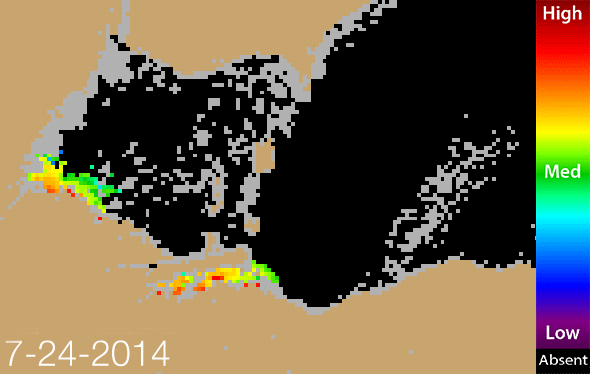
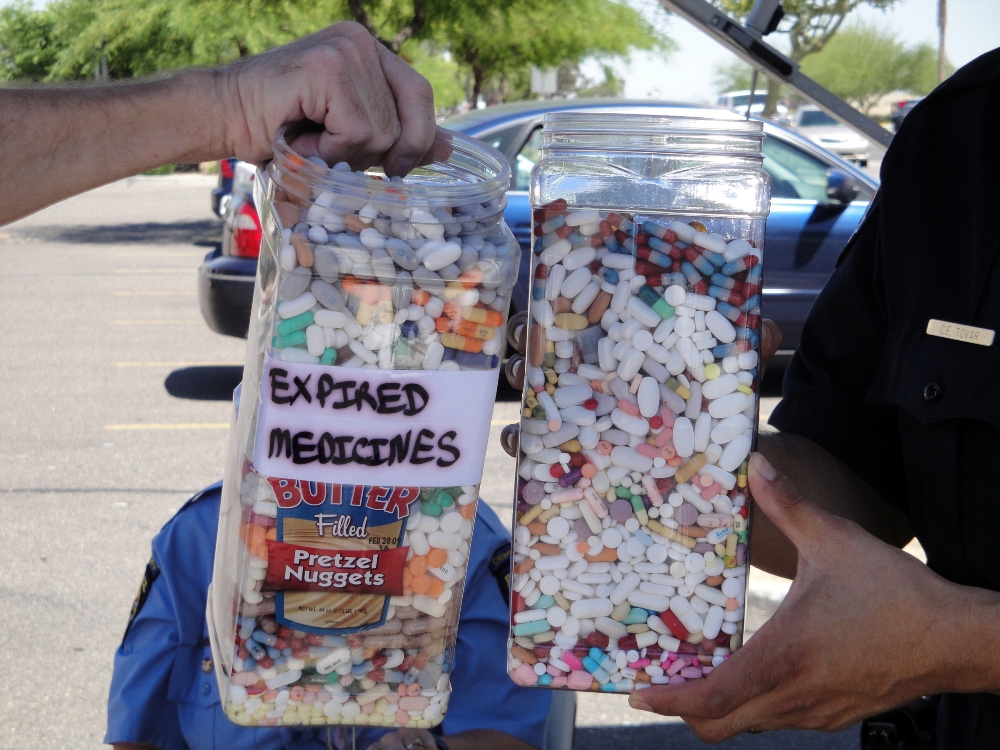

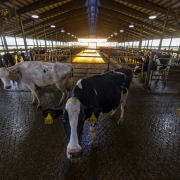
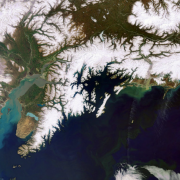

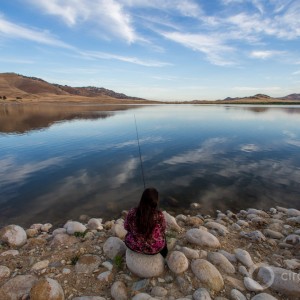

The case of nutrient pollution.
Before the CWA (1972) you had clean and dirty states, whereby industries moved from clean states to the dirty ones. When a state is losing their tax base and employment, they go to the federal government to look for solutions. And yes when your neighbor throws garbage in your yard, you want this to stop. Really the only reason for environmental regulations on a federal level, but, when a law is passed, it should be properly implemented.
The Clean Water Act (CWA) was never correctly implemented because of a faulty applied test to establish sewage treatment standards, with the result that nitrogenous (urine and protein) waste in sewage was ignored, while this waste (besides exerting an oxygen demand) is also a fertilizer for algae.
This error of ignoring nitrogenous waste in sewage is the reason why the EPA and others are trying to extend the CWA to smaller streams, by claiming they are the source of nutrient pollution, causing all the algal problems, resulting in dead zones and closures of drinking water supplies.
The sad part is that a large part of this nutrient pollution is the result of green rain, or rain with fertilizer or reactive (single atom) nitrogen, the result of burning of fossil fuels and use of synthesized fertilizer. This rain stimulates grass and brush on land (contributing to wildfires) and in water algal blooms. However, also a source that again will prove that any new regulation will fail and even will be harder to address when people and especially our members in Congress, as well as the media, do not believe in science any longer or in this case do not want to understand that when a test requires 30 days, that its 5-day reading is going to miss a lot of what one intended to measure with the test.
High time to tell EPA and the environmental communities to stop digging the hole they are in, deeper, face the truth, stop using our open waters as urinals and implement the CWA as intended. By correcting this essential test we also will know how sewage is really treated and avoid the real possibility that multi-million sewage treatment plants are not designed to treat the wrong waste.